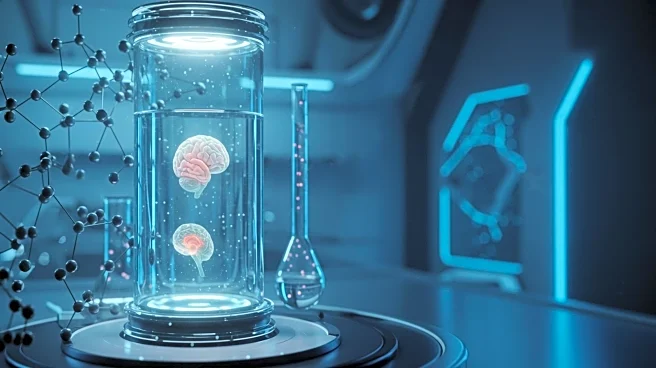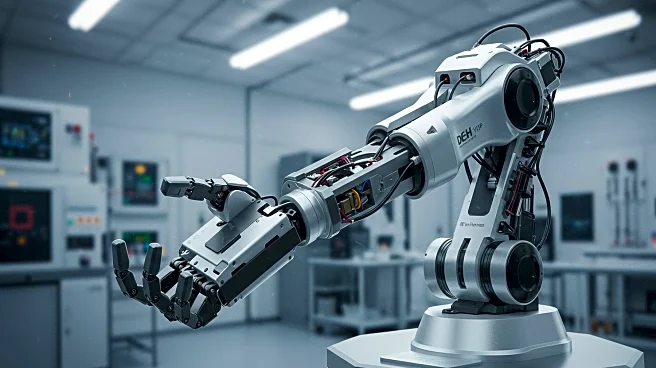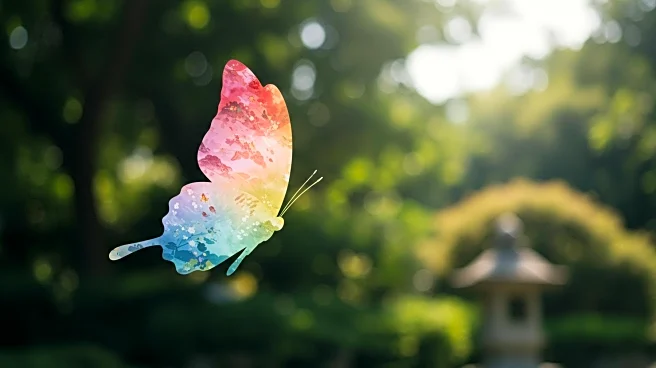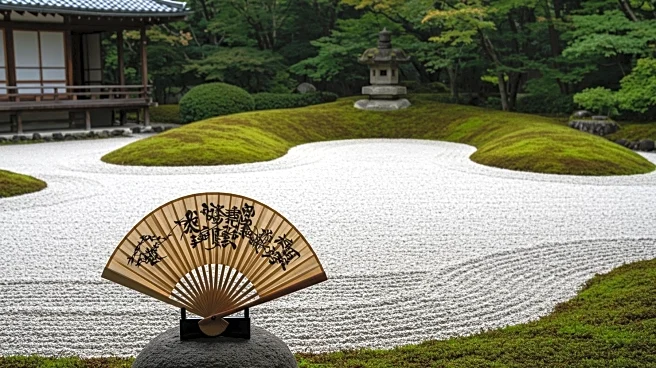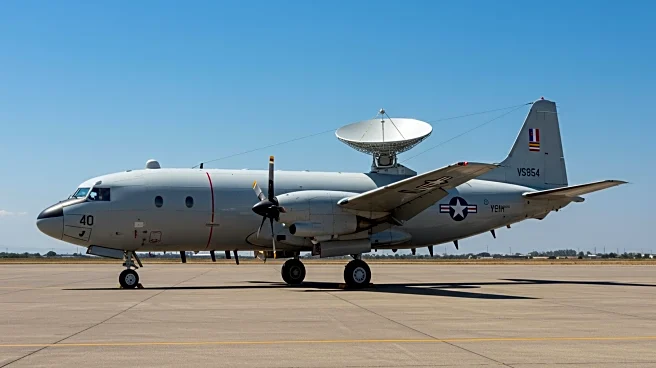Rapid Read • 8 min read
A team of researchers from the University of California, Berkeley, Georgia Institute of Technology, and Ajou University in South Korea has developed a new type of insect-scale robot inspired by the Rhagovelia water strider. These water striders possess unique fan-like structures on their legs that allow them to navigate fast-moving streams with agility. The study, published in Science, reveals that these fans can open and close passively, enhancing the insects' ability to make rapid turns and move at high speeds without additional energy costs. The researchers have successfully mimicked this biological adaptation in a robot, creating self-morphing fans that improve the robot's mobility and maneuverability on water surfaces.
AD
This development has significant implications for the field of bioinspired robotics. By harnessing the natural mechanics of the Rhagovelia water strider, the researchers have created a robot that can efficiently navigate challenging environments, such as fast-flowing streams. This technology could lead to advancements in environmental monitoring systems and search-and-rescue operations, where small-scale robots need to operate effectively in dynamic and unpredictable conditions. The ability to mimic natural adaptations in robotics could also pave the way for more energy-efficient machines, reducing the reliance on external power sources.
The research team plans to further explore the potential of these self-morphing fans in robotics. Future studies may focus on enhancing the robot's capabilities and exploring other biological adaptations that could be integrated into robotic designs. The interdisciplinary collaboration between biologists, physicists, and engineers will continue to play a crucial role in advancing this technology. Additionally, there may be interest from industries involved in robotics and environmental monitoring to develop commercial applications for these bioinspired robots.
The study highlights the importance of interdisciplinary collaboration in scientific research. By combining expertise from different fields, the researchers were able to uncover the underlying mechanics of the Rhagovelia water strider's movement and apply it to robotics. This approach not only advances our understanding of biological systems but also opens new avenues for innovation in technology. The project underscores the potential of bioinspired designs to address complex challenges in robotics and other fields.
AD
More Stories You Might Enjoy
